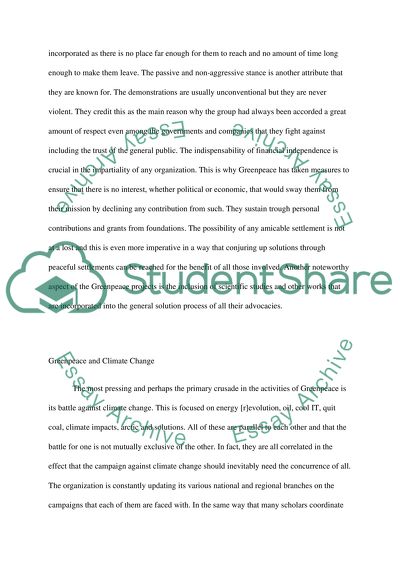Cite this document
(“History of Greenpeace Organization Essay Example | Topics and Well Written Essays - 2000 words”, n.d.)
Retrieved from https://studentshare.org/history/1434779-greenpeace
Retrieved from https://studentshare.org/history/1434779-greenpeace
(History of Greenpeace Organization Essay Example | Topics and Well Written Essays - 2000 Words)
https://studentshare.org/history/1434779-greenpeace.
https://studentshare.org/history/1434779-greenpeace.
“History of Greenpeace Organization Essay Example | Topics and Well Written Essays - 2000 Words”, n.d. https://studentshare.org/history/1434779-greenpeace.


